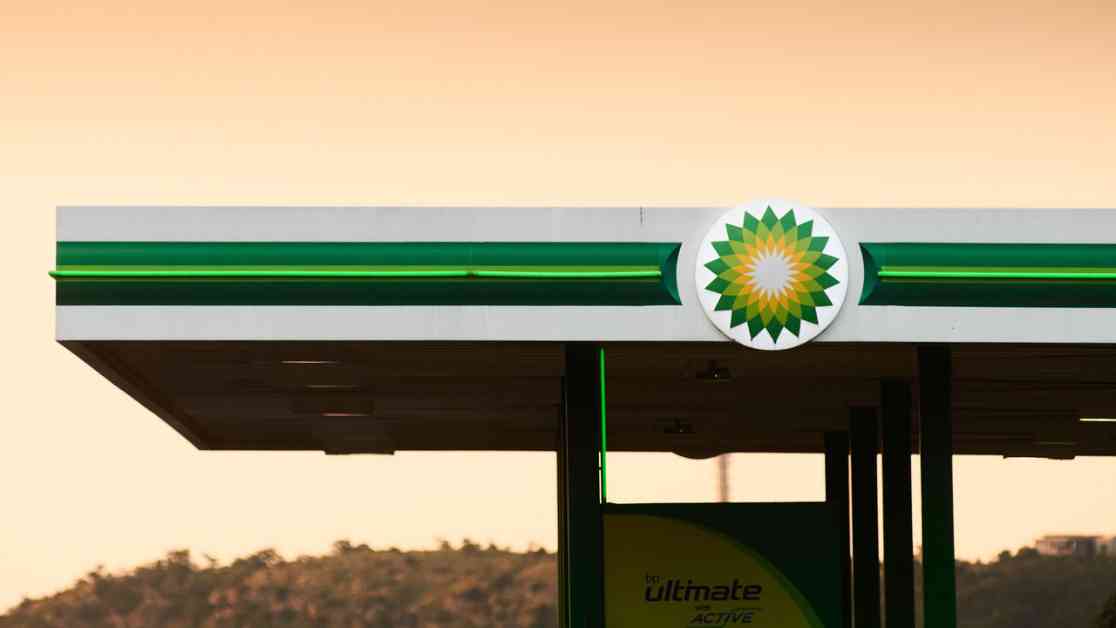Summary:
BP, a British oil giant, has faced a series of challenges and mishaps over the years, including safety lapses and failed attempts to decarbonize its business.
In the world of big oil, few companies have faced as much scrutiny and criticism as BP. From major safety lapses to failed attempts at environmental sustainability, the British oil giant has weathered its fair share of challenges. Ever since former CEO John Browne pledged to turn BP green over two decades ago, the company has been on a tumultuous journey towards decarbonization. However, with a string of setbacks, including a massive oil spill in the Gulf of Mexico, BP’s stock performance has been underwhelming, leaving investors and analysts questioning the company’s future prospects.
The Green Promise: A Strategic Shift Gone Awry
When John Browne made the bold declaration to steer BP towards a greener future, it was hailed as a monumental shift in the oil industry. The promise to go “beyond petroleum” captured the imagination of environmentalists and investors alike, positioning BP as a trailblazer in sustainability. However, as the years passed, it became apparent that turning this vision into reality was easier said than done. The company’s efforts to decarbonize its business were marred by missteps and failures, leading to a growing sense of disillusionment among stakeholders.
One of the most significant setbacks for BP came in the form of the Deepwater Horizon oil spill in 2010. The environmental disaster not only resulted in immense ecological damage but also dealt a severe blow to BP’s reputation and financial stability. The company’s response to the crisis was widely criticized, further eroding trust in its ability to navigate the challenges of operating in a carbon-constrained world. As a result, BP’s stock performance suffered, with investors growing increasingly wary of the company’s sustainability initiatives.
The Road Ahead: Navigating Uncertain Waters
As BP grapples with the fallout of its past mistakes, the company finds itself at a crossroads. With mounting pressure from regulators, investors, and the public to transition to a more sustainable business model, BP must chart a new course for its future. The recent announcement of yet another strategic U-turn, signaling a renewed focus on decarbonization and renewable energy, has sparked renewed interest in the company’s prospects. However, skepticism remains high, as stakeholders wait to see if BP can deliver on its promises this time around.
In the fast-evolving landscape of the energy sector, BP faces formidable challenges ahead. The shift towards renewable energy sources and the growing demand for sustainable practices present both opportunities and risks for the company. As competition intensifies and consumer preferences shift towards cleaner alternatives, BP must adapt to survive in a rapidly changing market. The road ahead may be fraught with obstacles, but with the right strategy and leadership, BP has the potential to redefine its place in the energy industry and secure a sustainable future for generations to come.
As BP navigates the complex terrain of sustainability and profitability, the company’s stock performance remains a key indicator of its success. Investors and analysts will be closely watching BP’s next moves, eager to see if the company can overcome its past missteps and position itself as a leader in the transition to a low-carbon economy. Only time will tell if BP can rise to the challenge and emerge stronger on the other side of this transformative journey.



















